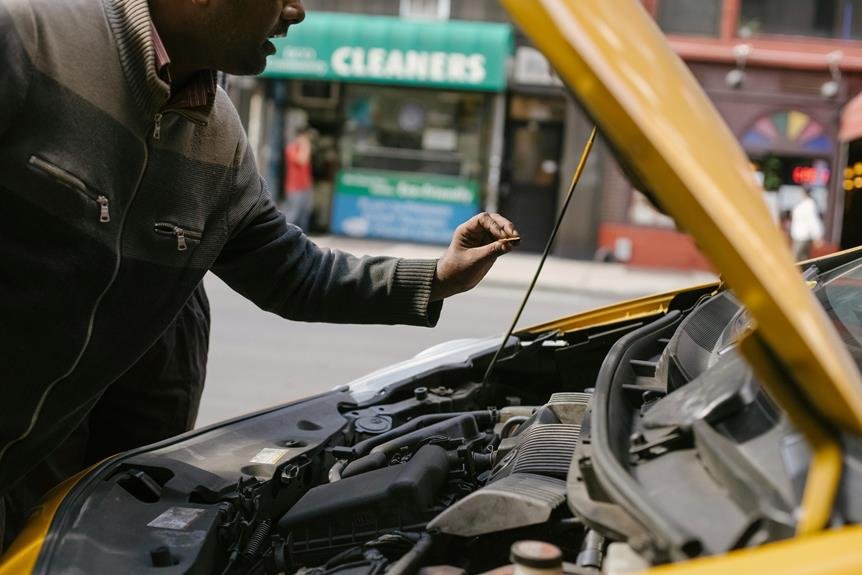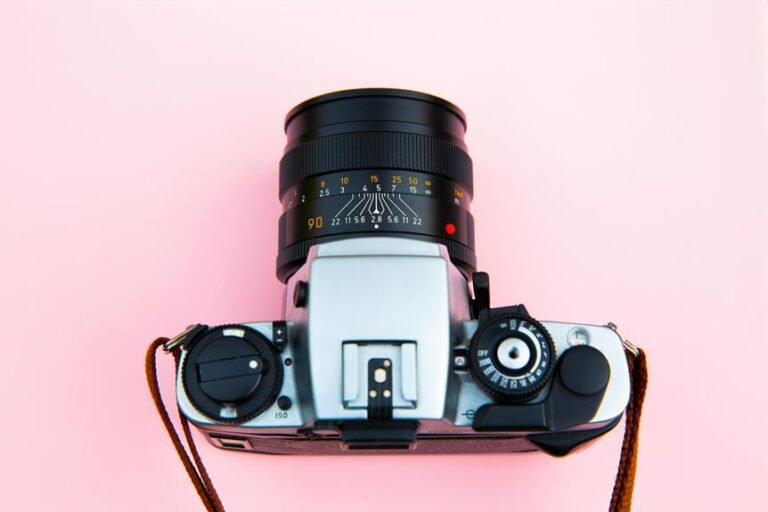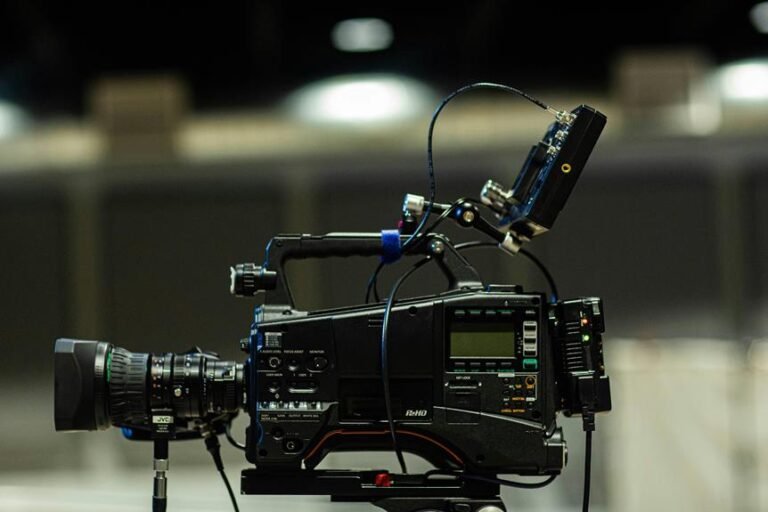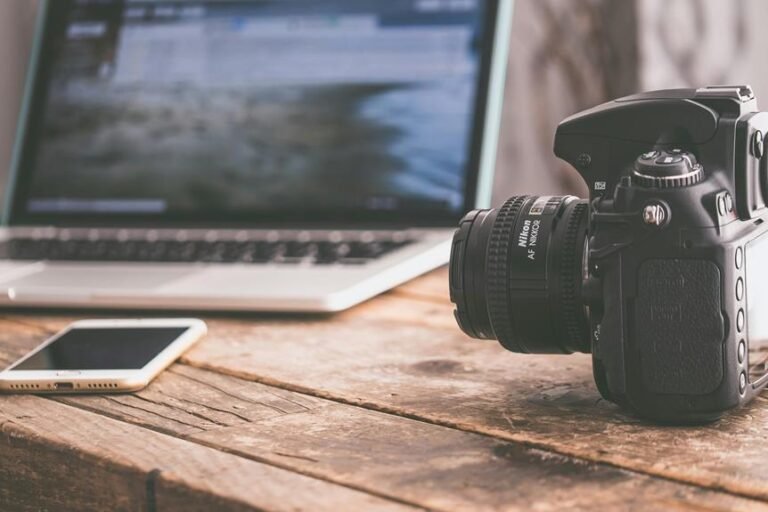Reverse Camera Not Working? Fix It Fast
If your reverse camera isn't working, start by checking power supply, connections, lens cleanliness, and settings. First, make sure the power supply is intact and fuses are good. Next, inspect and secure the camera connections snugly. Then, clean the lens gently with a microfiber cloth. Test the power supply operation and adjust camera settings if needed. If the issue persists, look for potential obstructions and seek professional advice if necessary. Remember, a few simple steps can often fix the problem swiftly, ensuring your reverse camera operates smoothly.
A Quick Overview
- Verify power supply for any issues and clean the lens.
- Inspect camera connections for damage and ensure they are securely fastened.
- Examine lens for dirt and scratches; contemplate replacement if necessary.
- Test power supply voltage and stability to ensure proper functioning.
- Adjust camera settings such as resolution and angle for optimal performance.
Common Issues With Reverse Cameras
Identifying common issues with reverse cameras can be essential in troubleshooting any malfunctions efficiently. Some troubleshooting tips include checking for power supply problems, ensuring the camera lens is clean, and verifying that the wiring is intact.
Common solutions involve replacing blown fuses, adjusting the camera angle, or recalibrating the camera settings. By addressing these issues, you can often resolve minor problems with your reverse camera quickly and effectively.
Check the Camera Connections
To guarantee your reverse camera functions properly, the first step is to inspect and secure all camera connections. Begin by checking the cable connections from the camera to the main unit. Confirm they're secure and free of damage. If any connection seems loose, gently secure it.
Troubleshooting tips include verifying that all connections are correctly aligned and plugged in snugly. Properly connected cables are essential for the camera to work efficiently.
Inspect the Camera Lens
Examine the camera lens closely for any dirt, smudges, or scratches that may be affecting the quality of the image. Confirm the lens is clean and undamaged.
- Use a microfiber cloth to gently clean the lens surface.
- Avoid using harsh chemicals that could damage the lens coating.
- If cleaning doesn't improve the image quality, consider lens replacement.
- Check for any cracks or deep scratches on the lens.
- Consult a professional if unsure about lens replacement.
Test the Camera Power Supply
Verify the power supply of the camera to make sure it's operating correctly before proceeding with further troubleshooting steps.
Conduct a voltage test on the power source to confirm it's delivering the required power to the camera.
Check the connections for any loose wires or corrosion that may be affecting the power supply.
A stable power supply is vital for the proper functioning of the reverse camera.
Check the Camera Settings
Start by adjusting the camera settings to guarantee excellent performance and functionality. Here are some troubleshooting tips for camera troubleshooting:
- Check the camera resolution settings.
- Make sure the camera angle is correctly positioned.
- Verify if the camera guidelines are activated.
- Adjust the brightness and contrast settings.
- Reset the camera settings to default if needed.
Look for Obstructions
To guarantee peak functionality, carefully inspect the area around the camera for any potential obstructions that may be affecting its performance.
Check wiring connections for any loose or damaged wires that could be causing issues.
Additionally, make sure the camera lens is clean from dirt, debris, or buildup that might be blocking the view.
Clearing any obstructions and maintaining proper wiring can greatly improve your reverse camera's operation.
Check for Software Updates
Check if there are any software updates available for your reverse camera to make certain it's running on the latest version for best performance.
- Confirm the software is compatible with your vehicle's system.
- Follow the manufacturer's instructions carefully.
- Backup any data before updating.
- Check for troubleshooting steps in the update notes.
- Contact customer support if you encounter compatibility issues.
Seek Professional Help if Needed
If encountering difficulties beyond your expertise, consider consulting a professional for assistance with troubleshooting your non-working reverse camera.
They can provide expert advice and perform advanced troubleshooting steps to identify and fix complex issues.
Professional help guarantees accurate diagnosis and efficient solutions, saving you time and ensuring your reverse camera functions at its best.
Don't hesitate to seek assistance when needed to get your camera back in working order.
Frequently Asked Questions
How Do I Troubleshoot if My Reverse Camera Is Showing a Blank Screen?
When your reverse camera displays a blank screen, troubleshoot by checking connections, power supply, and camera settings. Common issues include faulty wiring or a defective camera. Consider professional help for repair options if the problem persists.
What Should I Do if My Reverse Camera Has Water or Condensation Inside?
If your reverse camera has water or condensation, troubleshoot by checking for leaks or using moisture-absorbing packets. Remove the camera to dry thoroughly and apply a sealant. Utilize a hairdryer for condensation. Make sure the camera is watertight for best functionality.
Can a Faulty Reverse Camera Drain My Car's Battery?
If your reverse camera is faulty, it could potentially drain your car's battery. To diagnose this issue, seek professional assistance. Improper installation or internal camera faults may cause such battery drainage problems.
Why Does My Reverse Camera Display a Distorted or Fuzzy Image?
To enhance your reverse camera's image quality, make sure to perform proper camera calibration and check image resolution settings. Assess lighting conditions for best visibility. Examine wiring connections for any damage or loose connections. Maintaining these factors can improve camera performance.
Is It Possible for a Reverse Camera to Interfere With Other Car Electronics?
Yes, it is possible for a reverse camera to interfere with other car electronics. Electromagnetic interference or compatibility issues can cause disruptions. Guarantee proper installation, shielding, and use compatible components to prevent these problems.







